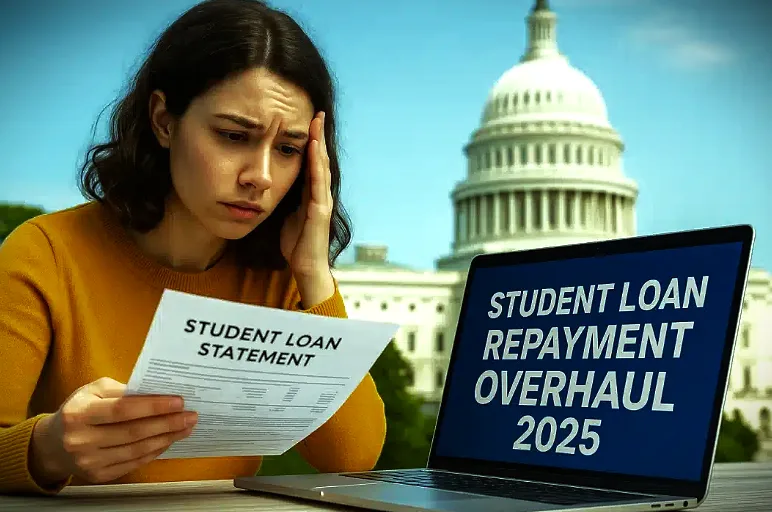The U.S. Senate is once again in the spotlight as it advances a new student loans Senate bill designed to address the country’s growing education debt crisis. With more than 43 million Americans owing a collective $1.7 trillion in student loans, lawmakers are under increasing pressure to implement real solutions. The latest legislation, introduced by a bipartisan coalition, aims to provide both immediate relief and long-term restructuring of how loans for education are issued and repaid.
This new Senate bill, titled the Higher Education Affordability and Loan Accountability Act, proposes several sweeping changes. These include capping federal student loan interest rates at 4%, streamlining income-driven repayment plans, and expanding Pell Grant eligibility. It also calls for a simplified forgiveness path for borrowers in public service fields who have made 10 years of payments, down from the current 20-year requirement under some plans.
Senator Lisa Collins (R-ME), a co-sponsor of the bill, said in a press statement, “This legislation represents a critical step in easing the financial burden many students face. A degree shouldn’t come with a lifetime of debt.” Her Democratic counterpart, Senator Rafael Martínez (D-CA), added, “We can’t fix the economy without fixing how we finance higher education. This bill is about restoring fairness.”
The student loans Senate bill arrives just months after the Supreme Court struck down the Biden administration’s broader student loan forgiveness plan, reigniting debate over executive versus legislative solutions. While the court ruling left millions of borrowers disappointed, it also opened the door for congressional action, prompting senators to find common ground.
According to a 2024 report by the Federal Reserve, the average monthly student loan payment among borrowers is $393, a figure that often competes with rent, groceries, and other essentials. Financial analysts warn that this burden is contributing to delays in homeownership, lower savings rates, and increased reliance on credit.
In a public hearing last week, 26-year-old teacher Maya Greene testified, “I’ve paid back more than I borrowed, yet I still owe over $30,000. It’s exhausting and discouraging. This bill gives me hope.”
Critics of the bill argue that it doesn’t go far enough. Advocacy groups like the Student Debt Crisis Center are calling for complete loan cancellation for borrowers under a certain income level. However, economists warn that sweeping cancellations could have fiscal implications without targeted reform.
Despite ideological differences, the bill has garnered tentative support from both sides of the aisle. With the 2026 midterm elections looming, analysts suggest student loan reform could become a defining issue for younger voters. If passed, the legislation would mark one of the most significant changes to federal student loan policy in over a decade.
As the bill moves through committee reviews and floor debates, borrowers nationwide are watching closely. Whether the student loans Senate bill becomes law remains uncertain, but its introduction is a clear signal that Congress is beginning to treat the student debt crisis with the urgency it deserves.






